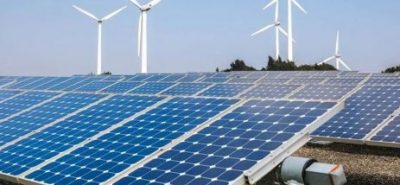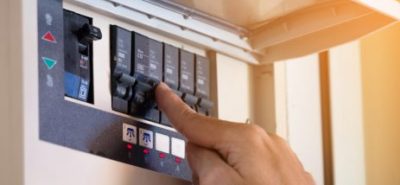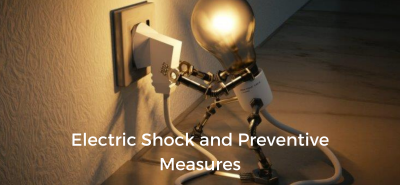How Do Variable Speed Drives Save Energy?
Most motors are designed to rotate at a set speed based on the number of magnetic poles built into them and the supply voltage and frequency applied. They cannot alter their speed. Therefore, extra parts such as gears, dampers or variable speed drives are often required.
Variable speed drives provide effective speed control of AC motors by controlling voltage and frequency. Controlling the speed of a motor provides users with improved process control, reduced wear on machines, increased power factor, and large energy savings.
Most applications can be grouped into the following torque categories:
- Constant torque load applications such as conveyors often require a starting torque close to the rated torque of the motor, and show only small changes as they approach rated speed
- Linear torque load applications such as screw compressors have a more linear torque requirement that increases proportionately with speed
- Variable torque load applications like fans and pumps have torque requirements that increase in proportion to the square of the speed and reach 100% torque just below rated speed
The most significant energy savings can be achieved in applications with a variable torque load. The cube law relationship between speed and power means that reducing a fan’s speed in a variable torque load application by 20% can achieve energy savings of 50%. Therefore, for most motion control applications, reducing motor speed is often the easiest way to get large energy savings.
V/F mode
A Dynamic V to F mode is designed for applications where power loss in the motor should be kept to a minimum under low load conditions. In this mode, the drive will vary the voltage to frequency characteristic it applies to the motor depending on load level so that at light load levels the voltage on the motor is correspondingly reduced for a given frequency. This reduces the magnetizing current, which reduces losses in the motor.
PID control
AC drives can significantly reduce energy consumption by varying the speed of the motor to precisely match the effort required for the application. To vary the speed of the motor dynamically, a closed-loop regulator that considers the measured output of a process is required. Common applications where this is used include pressure, level, and temperature control. The most common method of regulation is the PID (Proportional-Integral-Derivative) control loop.
Thus the use of VFD’s in industrial and commercial applications saves energy and also reduces the wear and tear on the system. The VFD’s payback themselves in a very short time and is a popular choice amongst the consultants and the end users.






LEAVE A COMMENT